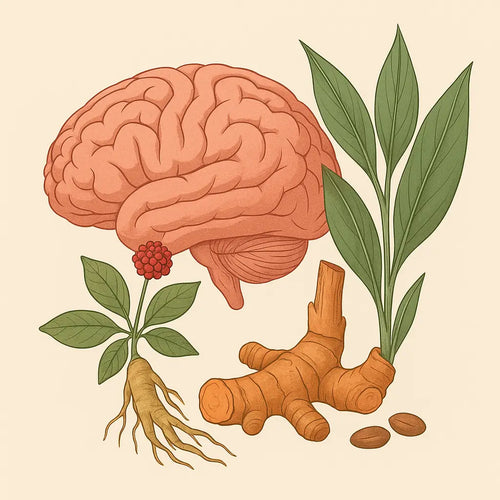Cataract is the most common cause of blindness as we get older. It leads to loss of transparency in the lens of the eye. Several of the enzymes, the so called ATPases, that are involved in releasing the energy from ATP plays an important role in maintaining lens homeostasis of the eye.
These enzymes are dependent on magnesium for their function.
Dysfunction of these ATPases lead to depletion of potassium and accumulation of sodium and calcium ions. A high level of intracellular calcium ions causes a breakdown of the lens protein which maintains the transparency of the lens.
Not only will magnesium deficiency cause this to happen, it will also increase oxidative stress. A deficiency of magnesium causes increased production of free radicals and depletion of antioxidant defenses.
Because of the inter-relationships of minerals, it is better to take magnesium together with other important minerals. High amounts of the most common form of magnesium, magnesium oxide, is known to cause intestinal trouble and is not well absorbed.
The BMJ formula is a balanced way to get an adequate amount of magnesium in an easily absorbed form.









